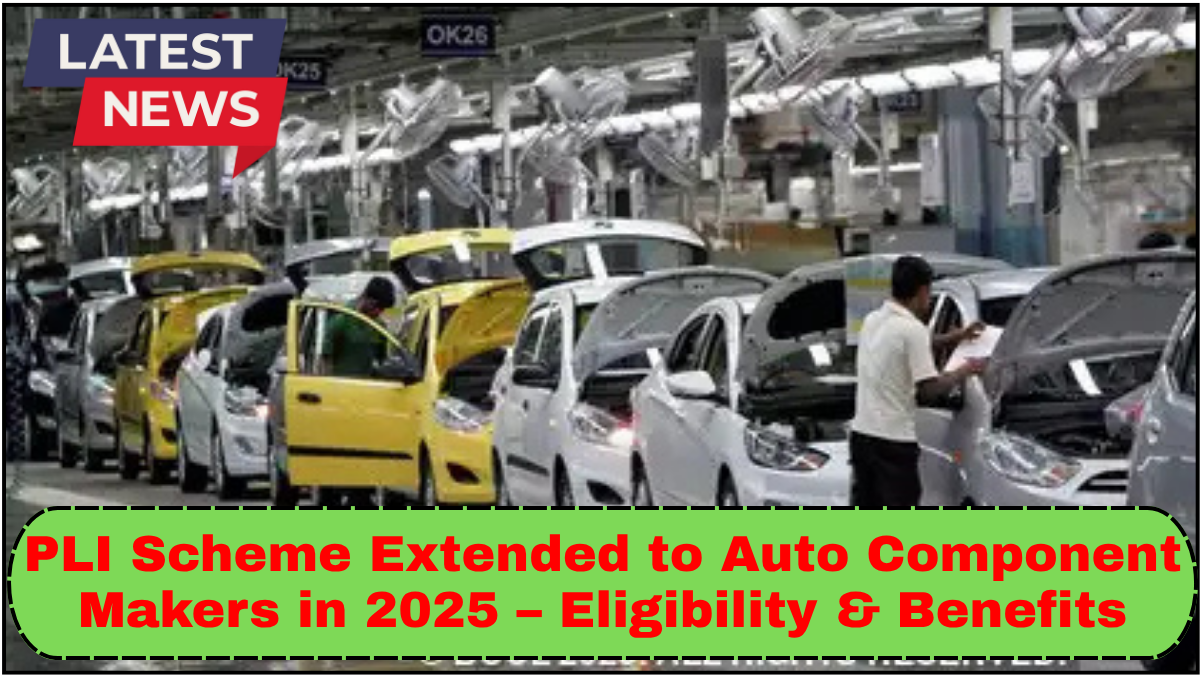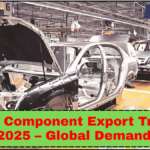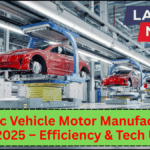The Indian government has taken another strategic step to strengthen the automotive ecosystem with the PLI Scheme Expansion for Auto Component Makers 2025. This move is expected to enhance local manufacturing, reduce dependency on imports, and boost global competitiveness of Indian component manufacturers.

What Is the PLI Scheme?
The Production Linked Incentive (PLI) scheme is a government initiative aimed at incentivizing manufacturing by providing financial rewards based on incremental sales. Initially launched for multiple sectors, including pharmaceuticals and electronics, it was later extended to the automobile and auto components industry under the “PLI auto 2025” program. The latest 2025 expansion introduces more targeted support for component manufacturers in India, particularly those investing in advanced technologies and clean mobility solutions.
Why the 2025 Expansion Matters
India is striving to position itself as a global manufacturing hub, and the auto component industry plays a vital role in this effort. The 2025 expansion focuses on:
- Encouraging investment in high-value auto components
- Promoting the shift toward electric and hydrogen-powered mobility
- Supporting indigenous technological development
- Creating large-scale employment in the auto sector
This initiative aligns with India’s broader goals under the “Make in India” and “Atmanirbhar Bharat” (self-reliant India) campaigns.
Eligibility Criteria for Auto Component Manufacturers
To qualify under the PLI Scheme Expansion for Auto Component Makers 2025, applicants must meet specific benchmarks. These include:
- Registered Entity in India: Only Indian-registered companies in the auto component sector are eligible.
- Minimum Investment Threshold: Companies must commit a minimum investment, varying based on company size and product type.
- Sales Growth Benchmark: Incentives will be linked to a defined percentage increase in annual sales compared to the base year.
- Targeted Product Categories: Eligibility favors firms involved in advanced automotive technologies such as:
- Electric vehicle components
- Hydrogen fuel cell systems
- Autonomous driving hardware
- Connected vehicle systems
- Lightweight metal alloys and composites
- Compliance with Local Sourcing Norms: Manufacturers must demonstrate a shift toward local sourcing to reduce import reliance.
Key Benefits for Auto Component Makers
The 2025 expansion delivers a structured incentive framework with long-term advantages:
1. Financial Incentives
Eligible companies can receive incentives ranging from 8% to 18% on incremental sales of eligible products over a five-year period.
2. Technology Advancement Support
Support for investments in R&D, prototyping, and commercialization of advanced and green technologies.
3. Export Opportunities
The scheme aims to make Indian auto components globally competitive by encouraging quality enhancements and cost efficiency.
4. Infrastructure Boost
With increased private investment, the auto ecosystem is expected to see enhanced manufacturing infrastructure, testing facilities, and supply chain efficiency.
5. Employment Generation
The expansion is projected to create thousands of skilled jobs, especially in high-tech manufacturing areas.
Strategic Sectors Under Focus
The PLI auto 2025 program is strategically focused on specific components with future relevance:
- Battery management systems
- Drive control units
- Sensors and semiconductor-based systems
- Advanced braking and steering mechanisms
- Electric motors and power electronics
By targeting these segments, the scheme aims to build resilience and innovation within India’s auto component supply chain.
How to Apply
Eligible companies must register via the official Ministry of Heavy Industries (MHI) portal. The application window typically opens at the start of the financial year, and companies must submit detailed business and investment plans along with past financial records and projected sales.
A selection committee reviews applications based on technical and financial strength, alignment with national objectives, and innovation potential.
Challenges and Considerations
While the scheme is ambitious, companies must navigate key challenges:
- Ensuring consistent year-on-year sales growth
- Managing complex compliance requirements
- Maintaining quality while scaling production
- Navigating raw material costs and global supply issues
Nonetheless, the rewards outweigh the risks for committed and forward-thinking manufacturers.
Frequently Asked Questions (FAQ)
Q1: What is the main goal of the PLI Scheme Expansion for Auto Component Makers 2025?
A: The scheme aims to promote domestic manufacturing of advanced auto components and reduce import dependence, especially in EV and next-gen mobility segments.
Q2: Is the PLI auto 2025 scheme open to startups?
A: Yes, provided they meet the investment and sales growth criteria outlined by the government.
Q3: How long will the incentives be provided?
A: Incentives are offered over a five-year period from the date of approval, based on actual sales performance.
Q4: Can existing component manufacturers reapply under the new 2025 expansion?
A: Yes, if they plan new investments aligned with the updated guidelines.
Q5: What types of components are prioritized?
A: Priority is given to components related to electric mobility, autonomous systems, connected vehicle technologies, and lightweight materials.
click here to learn more



